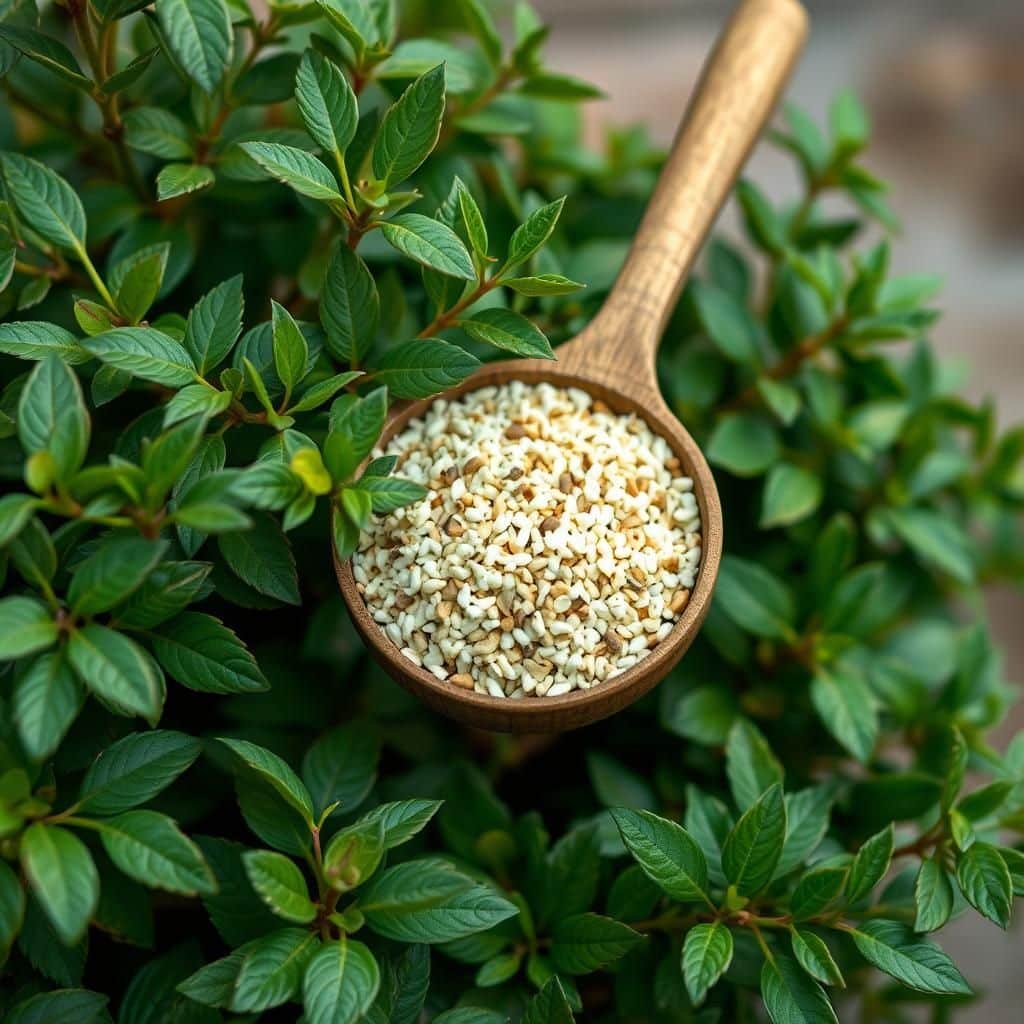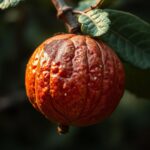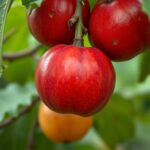What is the Best Way to Feed Bushes? A Complete Guide for Healthy Growth

Feeding bushes properly is essential for their health and vigorous growth. With the right knowledge and techniques, gardeners can ensure their shrubs thrive, producing lush foliage and vibrant blooms. In this complete guide, we will explore the best ways to nourish your bushes, covering essential nutrients, soil conditions, and feeding schedules. Whether you’re a seasoned gardener or a beginner, understanding how to feed your bushes can make a significant difference in their overall vitality. Join us as we delve into the best practices to promote healthy growth and transform your garden into a flourishing oasis.
What is the Best Way to Feed Bushes?
Feeding bushes effectively requires an understanding of their specific nutritional needs, as well as the best practices for application. The most appropriate way to nourish these plants is by using a balanced fertilizer that contains the essential nutrients: nitrogen, phosphorus, and potassium. Additionally, it is crucial to consider the soil quality and pH level, as this will impact the bush's ability to absorb nutrients. Organic options, such as compost or well-rotted manure, can also provide a slow-release source of nutrients that benefit the bush over time. Regular feeding during the growing season, alongside appropriate watering and mulching, will ensure optimal growth and vigor for your bushes.
Understanding Nutritional Requirements
To effectively feed your bushes, it is important to understand their nutritional requirements which can vary by species. For instance, flowering bushes may need more phosphorus for bloom production, while foliage-dominant bushes often require higher nitrogen levels. Conducting a soil test can help determine which nutrients are lacking and tailor your fertilizer choice accordingly. Aim to select a fertilizer that matches the specific needs of your bushes for improved health and growth.
Choosing the Right Fertilizer
The selection of the right type of fertilizer is critical for the growth of your bushes. You may choose from synthetic or organic fertilizers based on your gardening philosophy. Synthetic fertilizers often provide quick results but can lead to nutrient leaching, whereas organic options improve soil health over the long term. It is also important to consider the N-P-K ratio (nitrogen, phosphorus, potassium) on fertilizer packaging; this ratio indicates the proportions of these crucial nutrients that will directly affect the bushes' growth.
Application Timing
Correct timing for fertilizer application can significantly impact the effectiveness of nutrient delivery. The ideal time to feed bushes is during early spring when the plants are beginning their active growth phase. Many gardeners choose to fertilize again mid-summer to sustain health through the growing season. Avoid applying fertilizers in late fall as this can promote tender new growth that may struggle to survive winter conditions.
See also:
Watering Techniques
After applying fertilizers, proper watering techniques enhance nutrient uptake. It is essential to water the bushes deeply to ensure nutrients reach the root zone effectively. Light, frequent watering may wash away nutrients and not allow deep penetration. Consider using drip irrigation or soaker hoses to provide steady moisture without causing waterlogging, which can be detrimental to bush health.
Mulching and Soil Health
In addition to fertilization, maintaining optimal soil health through mulching is beneficial. A layer of organic mulch not only conserves moisture for the bushes but also adds nutrients back to the soil as it breaks down over time. Furthermore, mulch helps regulate soil temperature and suppresses weed growth, ensuring that your bushes have the best environment to thrive.
| Nutrient | Function | Sources |
|---|---|---|
| Nitrogen | Promotes leaf and stem growth | Blood meal, fish emulsion, compost |
| Phosphorus | Enhances root development and flowering | Bone meal, rock phosphate |
| Potassium | Improves overall plant health and disease resistance | Wood ashes, greensand |
The Importance of Nutrient Balance for Bush Growth
Feeding bushes properly involves understanding the nutritional needs of the plants, which can vary based on species, climate, and soil conditions. The right balance of macronutrients (such as nitrogen, phosphorus, and potassium) and micronutrients (like iron, manganese, and zinc) is essential for promoting healthy growth, robust flowering, and resistance to pests and diseases. Regular soil testing can provide insights into existing nutrient levels, enabling gardeners to apply the correct type and amount of fertilizer to maintain optimal plant health.
Understanding Soil pH for Bush Fertilization
Soil pH is a critical factor that affects the availability of nutrients to bushes. Different plants thrive in different pH ranges, with many preferring slightly acidic to neutral soils (pH 6.0 to 7.0). Testing the soil's pH allows gardeners to adjust it if necessary, ensuring that nutrients are accessible. For example, lime can be added to increase pH levels, while sulfur can lower them, ultimately supporting the bush's overall health and growth potential.
Choosing the Right Fertilizer for Your Bushes
Selecting the appropriate fertilizer type is vital for ensuring your bushes receive the proper nutrients. Fertilizers can be synthetic or organic, each having its benefits. Synthetic fertilizers work quickly but may not improve soil health in the long term, while organic options (such as compost or manure) enhance soil structure and provide slow-releasing nutrients. It's important to read labels and choose fertilizers with a suitable N-P-K ratio tailored to the needs of the specific bush species being cultivated.
See also:
Feeding Frequency and Timing for Optimal Growth
The frequency and timing of fertilization can greatly impact the effectiveness of nutrient delivery to bushes. A general guideline is to feed shrubs during the active growing season, typically in spring and occasionally in early summer. This ensures that the plants have the necessary nutrients available during critical growth phases. Over-fertilizing can lead to nutrient burn, while under-fertilizing may hinder growth, so observing the plant's response can help adjust the feeding schedule accordingly.
Common Mistakes to Avoid When Feeding Bushes
Many gardeners make mistakes when feeding bushes that can hinder their growth. Over-fertilization is one of the most common issues, leading to excessive foliage growth at the expense of flowers and fruit. Additionally, neglecting to consider the bush's specific needs, such as water requirements and existing soil conditions, can result in nutrient imbalances. Another mistake is failing to read and follow the application instructions provided with fertilizers, which can cause unintended harm to the plants.
The Role of Mulching in Supporting Nutrient Availability
Mulching plays a significant role in supporting bushes by improving soil health and nutrient availability. Organic mulches, such as straw, wood chips, or bark, decompose over time, adding organic matter to the soil and enhancing its water-holding capacity. This not only provides a slow release of nutrients but also helps suppress weeds and maintain consistent soil temperature, contributing to a more favorable environment for bush growth and vitality.
Questions from Our Readers
What type of fertilizer is best for feeding bushes?
To promote healthy growth, it's advisable to use a slow-release fertilizer that contains a balanced ratio of nitrogen, phosphorus, and potassium. This will provide essential nutrients gradually and support the overall health of your bushes.
How often should I feed my bushes?
Generally, it's best to feed bushes in the spring and possibly again in late summer, depending on the specific type of bush and its growth cycle. Regular feeding helps sustain vital energy levels for robust growth and flowering.
See also:
Can I use organic options to feed my bushes?
Yes, using organic fertilizers such as compost or well-rotted manure is an excellent method for feeding bushes. These options not only enrich the soil but also improve its structure, promoting better water retention and nutrient availability.
What signs indicate that my bushes need more nutrients?
If you notice yellowing leaves, poor growth, or stunted flowering, these may be signs that your bushes are nutrient-deficient. Timely intervention with appropriate feeding can help restore health and vigor to your plants.

If you want to read more articles like What is the Best Way to Feed Bushes? A Complete Guide for Healthy Growth, we recommend you check out our Plants category.
Leave a Reply
Related Articles